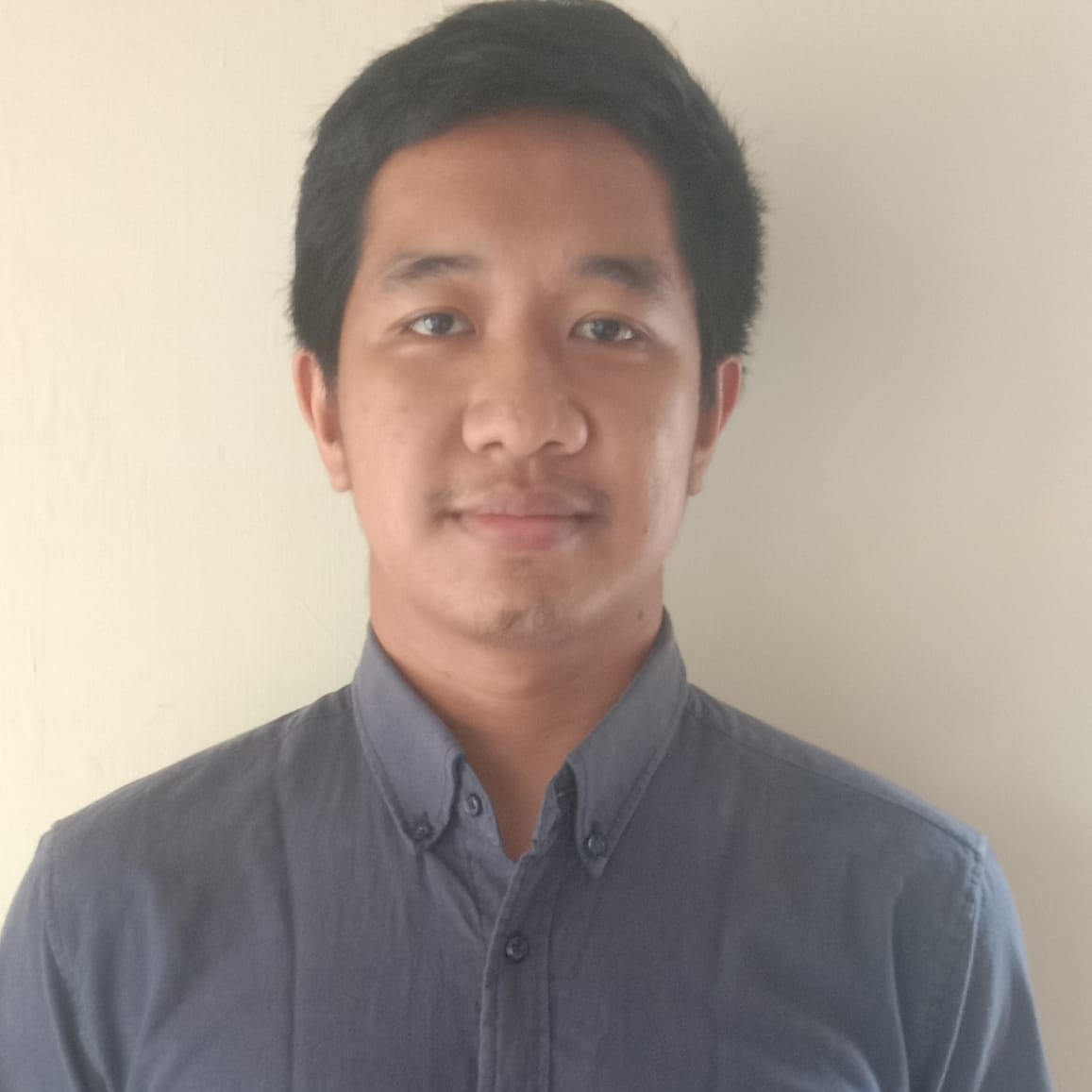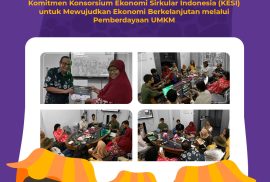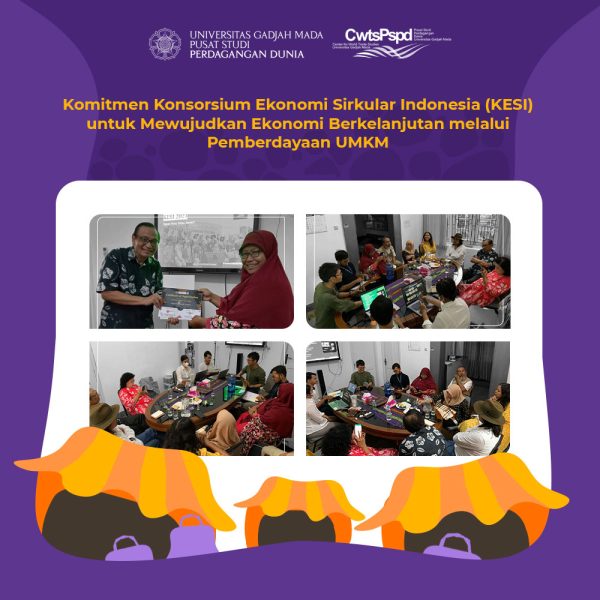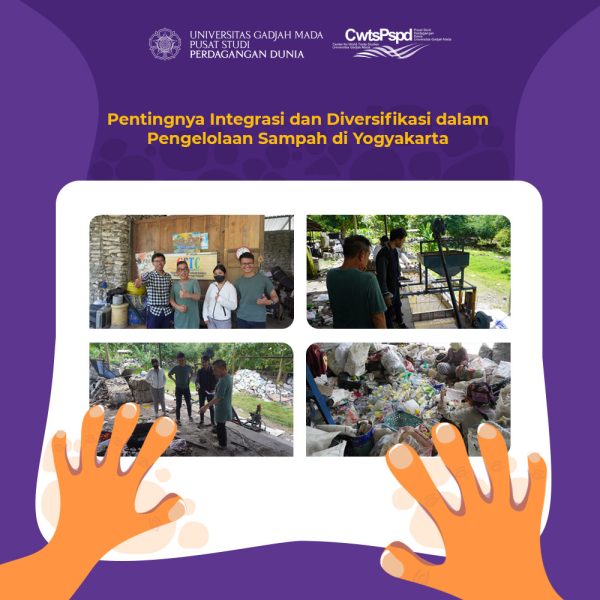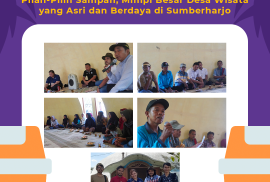Various global financial institutions such as the International Monetary Fund and the World Bank have issued early warnings about the possibility of a global economic recession in 2023. The economic crisis that occurs in several countries this year is an early indication for next year’s recession. Moreover, Ned Davis Research predicts that the chance of next year's global economic recession is up to 98.1%.
Quoted from Investopedia, recession is a condition in which a country's economy is slowing down significantly for a long period of time. The decrease of Gross Domestic Bruto (GDP), increasing unemployment rate, and declining consumer trust are the indications of recession. What are the factors that cause global economic recession in 2023 and how likely will Indonesia’s economy be in 2023?
High Inflation
According to Bank Indonesia, inflation is the continuous increase of goods and services prices during a period of time. Inflation is not always bad if it still occurs within reasonable limits of each country’s national economy. For example, the United States (US) targets 2% of inflation yearly, Indonesia targets 4%, while Turkey targets 5% in one year. Yet, the current surge of inflation above the targets set in various countries impacts negatively on the economy.
Boediono categorizes inflation into four types. First, mild inflation which is characterized by a low rate of inflation that occurs for a long period of time. This inflation is below 10% per year. Second, moderate inflation that may reduce people's welfare with a fixed income. This inflation category is up to 10-30%. Third, heavy inflation which is marked by the public's unwillingness to save in banks because the yields given are below the inflation rate. This inflation ranged from 30-100%. Lastly, hyper-inflation that is indicated by a general goods price increase up to more than 100% in a year period.
The most recent high inflation is ascribed to the huge disparity between supply and demand of commodities, which is further exacerbated by the Russia-Ukraine war. The disruption caused by the Russia-Ukraine war utterly impacts the supply of oil, gas, and food supply globally. Subsequently, the war prompts the surge of diminishing energy and commodities prices that lead to higher inflation. OECD’s interim chief economist Alvaro Pereira notes that the significant increase of raw material and energy is a consequence the world should pay for the ongoing Russia-Ukraine war.
Based on the year-on-year data in August 2022, the inflation in Turkey and Argentina is 80,21% and 78,5% respectively. Developed nations such as the US and Germany also experience inflation up to 8,3% and 7,9% as of August 2022. Inflation in the US is at its highest in 40 years. As per August 2022, the inflation rate in Indonesia is at 4,69% and reached 5,95% in September which was caused by the rising price of food and energy.
The differing influence each country has over international trade and economy matters in assessing the severity of global inflation. On one hand, countries with great economic power like the United States will have a worse impact on other countries and the entire global economy if inflation occurs. On the other hand, countries with little to no significant power will generate minimum impact.
Additionally, the Executive Director of Institute for Development of Economics (INDEF) Ahmad Tauhid mentioned that the high level of inflation in various countries will increase the number of people living in poverty. Consequently, middle and poor households suffer more from their reduced purchasing power and savings as the prices of basic goods continue to soar.
The Rise of Interest Rate
In short, interest rate refers to the amount of interest set by the central bank as the reference for other financial institutions and products. To slow down the inflation, the central bank needs to increase the interest rate which will decrease the willingness of society to spend and borrow money. Increasing the interest rate will curtail the consumption demand level and eventually reduce the inflation rate.
The aggressive policies to increase the interest rate have been implemented in many countries to reduce inflation. The US Central Bank, The Federal Reserve (The FED), has maintained its interest rate policy in recent months to push down inflation. The FED is predicted to increase the interest rate up to 3-4%, the highest in 15 years. Likewise, the central banks in England and the European Union also increase their interest rate. England sets the interest rate up to 2,25% as of September 2022, the highest in 14 years. The European Union central bank also sets the highest interest rate in 11 years, up to 1,25% as of September 2022.
Despite aiming to impede the inflation, the surge of interest rate does not automatically dismiss the possibility of recession. The decreasing demand level due to high interest rates will decelerate the economic activity. According to the World Bank, the aggresive increasement of interest rate policy in many countries will also lead the world into a global economic recession in 2023. The increase of interest rate to reduce the inflation will slow down world Gross Domestic Product growth up to 0,5% in 2023 and induce global recession.
Recession Potential in Indonesia
Minister of Finance of Indonesia Sri Mulyani mentioned that Indonesia will unlikely to experience an economic recession in 2023. Furthermore, Mulyani mentioned that some factors will obviate Indonesia from recession. The surplus of Indonesia’s international trade balance in August 2022 and the increase of manufacturing activity have been the positive catalyst for Indonesia’s economy in the midst of global economic uncertainty. Amidst the economic slowdown in several countries, the IMF and World Bank predict that Indonesia’s economy will still be able to grow up to 5,1% – 5,3% in 2022. Similarly, the Head of Fiscal Policy Agency (BKF) Indonesia Febrio Kacaribu mentioned that Indonesia’s economy will still grow up to 5,6% – 6% in the third quarter of 2022.
However, Sri Mulyani urges Indonesian policymakers to stay vigilant in formulating and executing financial and monetary policies. The surge of interest rates to fight inflation prompts economic slowdown globally. Hence, despite the positive prediction of Indonesia’s economic stability, Indonesia policymakers should formulate and implement policies to anticipate and prevent domestic recession.

